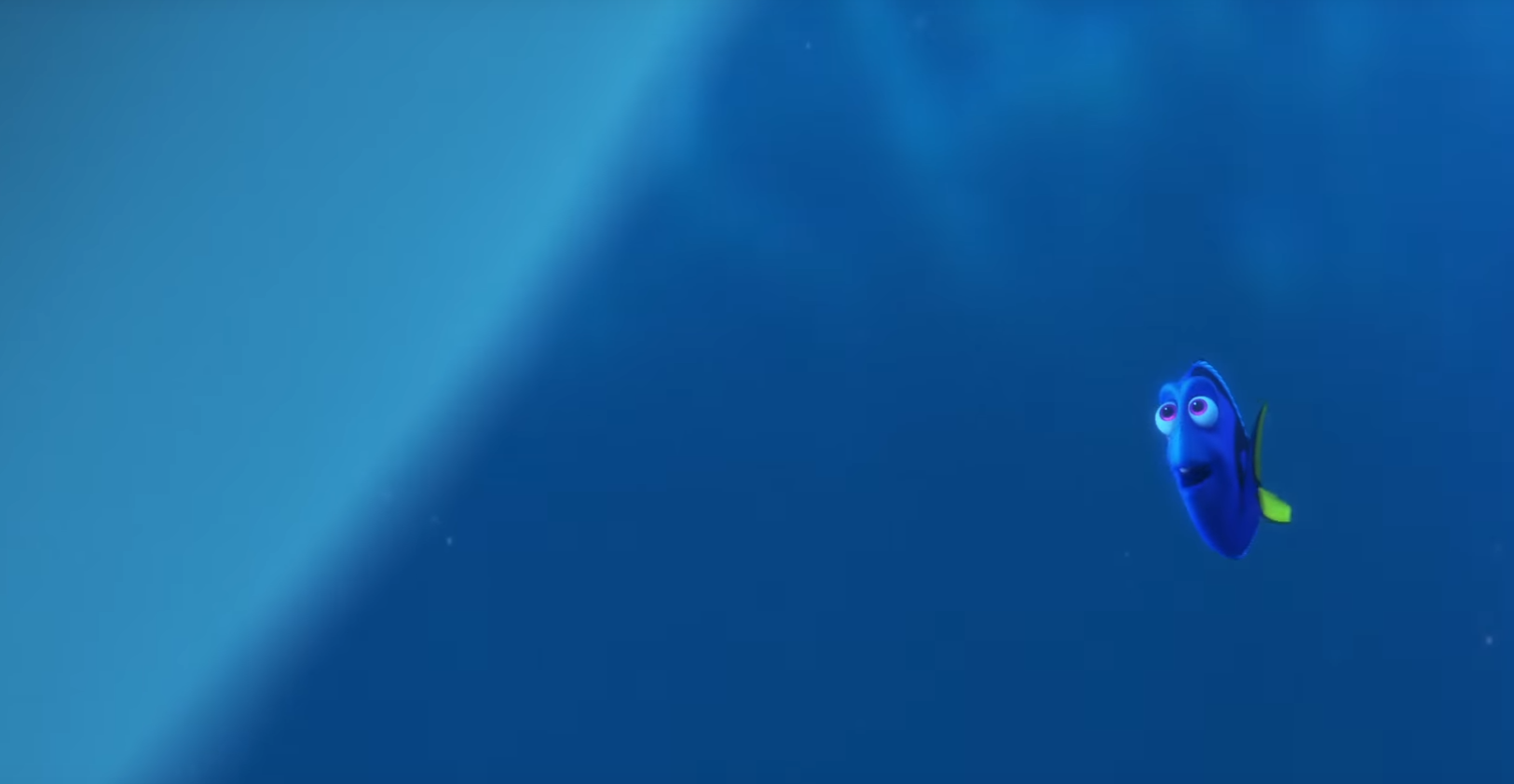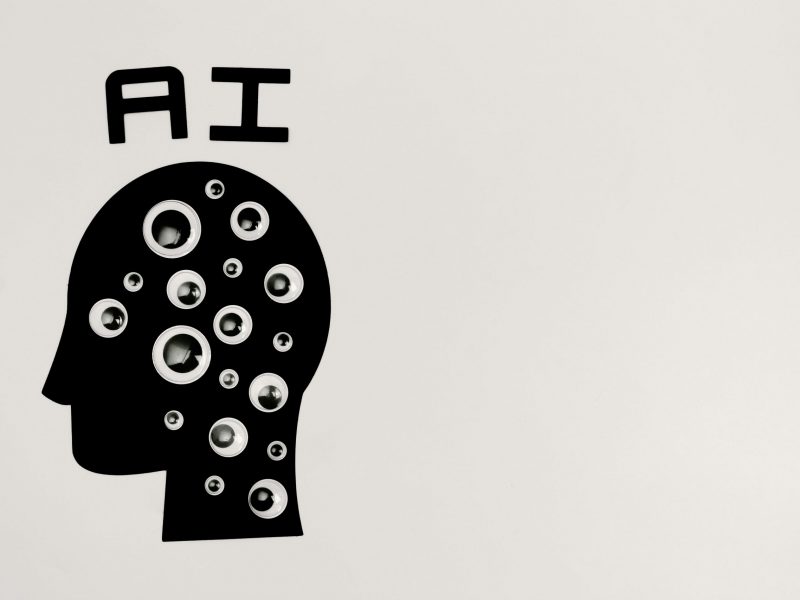It’s hard to believe the absentminded blue tang first warmed our hearts 13 years ago as the good-natured friend who’s always slightly misguided. But Disney’s decision to make Dory a star was anything but. For those worried about a Finding Nemo knockoff, Finding Dory will quickly quell your fears.
As a fishlet, Dory is nurtured by her loving parents who are careful not to make her ashamed of her ever-apparent memory loss. Dory’s giant magenta eyes and lispy baby talk crank up the emotion from the start. “We’ll always love you, kelpcake,” her father says. But despite their doting, Dory is swept away, unable to remember her home. The film catches up with her a year after Nemo’s rescue, living with the clownfish and going to school with Nemo, unaware that she’s too old for field trips and sing-a-longs.
Acknowledging the success of it’s predecessor, Finding Dory plays on the assumption that you’ve seen Finding Nemo by cracking jokes about the ledge and Dory’s love for boats and squishy things. It’s less of a children’s movie than Finding Nemo, with references that the kids of 2003 can relate to as 20-somethings. Though for fans of the original, Nemo’s character is underdeveloped and a disappointment. Marlin takes the lead, outshining his son, who remains childlike.
Dory’s memory proves cutely problematic as she journeys to find her parents at “the jewel of Morro Bay, California.” In one of the most sophisticated jokes, the recorded voice of actress Sigourney Weaver welcomes us to the Marine Life Institute, a fish sanctuary and amusement park where Dory was born.
This new aquarium setting, while mirroring the scariness of human interaction in Finding Nemo‘s dentist office tank, brings a fresh take to the fish-looks-for-family narrative. New characters jam pack the movie with bits of comedy. The tragically near-sighted Destiny speaks to Dory in whale despite being a whale shark while her neighbor, Bailey the beluga, must regain his echolocation to help Dory navigate the pipes. Adults will find his ability to zoom in on objects and see incoming movement on a radar-like screen hilarious, while children will be left completely misinformed about how echolocation works.
Disabilities also play an interesting role in the film. Dory’s memory loss is seen as an obstacle she can and must overcome with the help of her friends. Meanwhile, Gerald the slightly-off sea lion, is kept from the sunny rock by the other sea lions. His exclusion is a source of laughs. Becky, the speechless and disheveled bird, is also portrayed as incredibly stupid just for the humor of it. The behavior of these animals and their subsequent treatment is subtle, yet a slightly odd choice of message for a younger audience.
At times, Finding Dory carries the excitement of a full-blown adventure film with sharp twists and quick action. But by the end, the repeated mishaps become tiring. The 90-degree turns are predictable and come with such frequency that during the 10-minute climax, Dory and her clownfish family all go missing numerous times. The height the film’s absurd hilarity comes at the conclusion of these twists when a box truck driven by an octopus falls off a cliff to Louis Armstrong’s “What A Wonderful World.”
Disney magic is embodied in a grand fish reunion — one that’s probably more touching than a live action story about people. Throughout the film, Ellen DeGeneres’ innocent and determined Dory captures universal feelings of filial love and the need for family. Caught in the current of Dory’s lovable journey, however, it’s easy to forget cliché themes. Finding Dory sells seashells, happiness and warm feelings— and the bait is worth taking.



